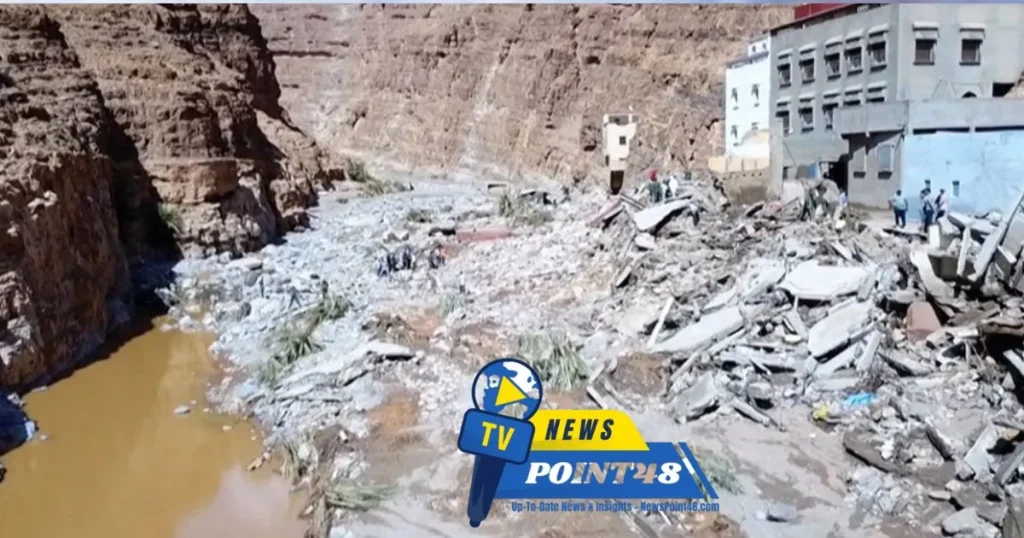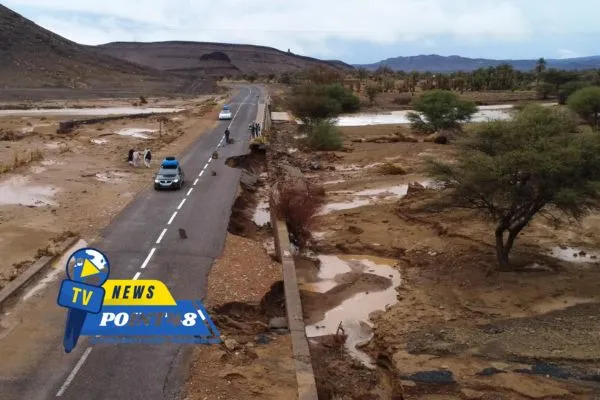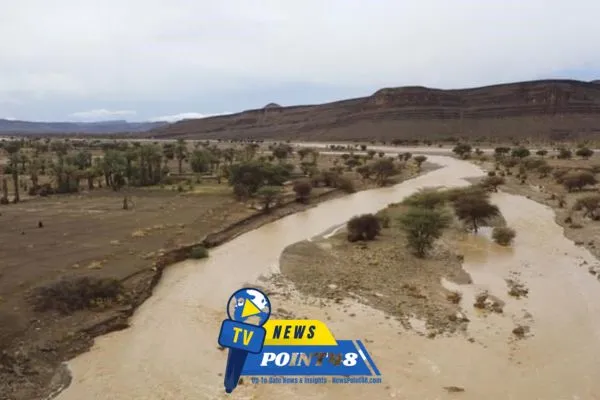
Morocco is still in shock after terrible rainfall and flooding that had spectacular effects over various regions, submerging cities and creating havoc. The weather, or rather the consequences of the weather, has attracted attention as unlike anything ever seen before, with, “People have never seen anything like it” being often quoted. The intense rains have also disrupted life patterns, strained resources, and endangered infrastructure, food production, and public safety. Here is matter-of-fact oriented material on what is happening in Morocco now, whether these events are something natural or caused by people’s actions, and what the consequences would be.
When Weather Fails: Torrential Rains in Morocco: What’s Happening in Morocco?
In Morocco, the ordinary waves of rains have once again proven to be very normal as they once again caused terrible flooding in ascending urban cities and plains, soul-draining every inch of the drainage, soaking houses, and stagnating important thoroughfares. Southern Moroccan cities including Casablanca, Marrakech, and Agadir have recorded some of the top-most rainfalls, where all the streets got filled like rivers and the rescuers were barely able to cope with it all.
Warnings and advisories have been promulgated as rescuers remain engaged in their quest to evacuate and assist the victims. Help has also been sought from the Government whose responsibility is to conductdamage assessment for Torrential Rains and embark on the mammoth cleanup process.
The Human and Economic Impact

The impact that the Torrential rains in Morocco have is of a large magnitude. Hundreds of families have been affected, with several of their houses and businesses being completely underwater. The agricultural sector which is one of the most critical lions in the Moroccan economy has experienced enormous losses due to flooding of farmlands and destruction of crops. In city areas, the floods have caused serious traffic and public transport disruptions resulting in people being stuck in traffic for long periods without getting anywhere.
It has been reported that learning institutions have been closed in some of the impacted regions, and there have been blackouts since the rains have already destroyed infrastructure systems. Local businesses have also been placed under pressure with a good number of them out of business because of water and other related access inconveniences.
What Factors Have Been Responsible For These Unusual Rains?
As they study the weather in Morocco, meteorologists give various reasons, among them being climate changes and variations in air pressure systems. For instance, northern Africa has been experiencing changes in its weather, most notably heavy rains, extreme heat waves, and long periods of dry weather.
For instance, experts mention that there is an increase in temperatures in the Mediterranean Sea which affects the amount of water vapor present in the air. This, therefore, leads to heavy downpours the moment this moist air hits colder landmasses in the continent. Such phenomena are expected to increase as global warming continues, emphasizing the need for adequate climate change-restraining policies to be put in place.
Response and a Few Details
Moroccan institutions in connection to the urgency of the crisis have responded to the extent of international effort, establishing relief activities to help the communities in need. The authorities have established temporary accommodations for people rendered homeless by the floods, and are providing food, potable water, and medicines.
Also, international aid organizations have contributed, as several relief teams were deployed to the action sites, which also included rescue assistance. Power engineers have been deployed to adjudicate the restoration of electricity and reconstruction of roads and bridges damaged in the attack, however, assessing the extent of the damages, it can be assumed that WMD recovery will be a time-consuming and resource-sapping exercise.
The Way Forward: Moving Towards Addressing Such Climate Change Related Challenges.
The recent torrential rains that have wreaked havoc in Morocco are clear evidence of the threat encountered because of climate change. With more such nations trying to deal with these challenges, there is more need to put resources towards investing in infrastructure development and climate resiliency.
This encompasses people hardening types of construction features used within large structures as well as areas and closing dangerous structures such as bridges. Also, a more comprehensive approach encompassing population education on potential disaster-responsive behavior is required to prevent future damage from floods and other associated events.

The Torrential Rains that have recently been experienced in Morocco is a red flag that climate adaptation and resilience should be taken seriously. While the country tries to deal with the direct effects, it is also apparent that there is a need to think ahead and construct a more robust infrastructure that will hold in case of the high occurrence of these extreme weather conditions.
Keep yourself informed about the latest news on the Torrential Rains and reconstruction of Morocco by following Newspoint48.
